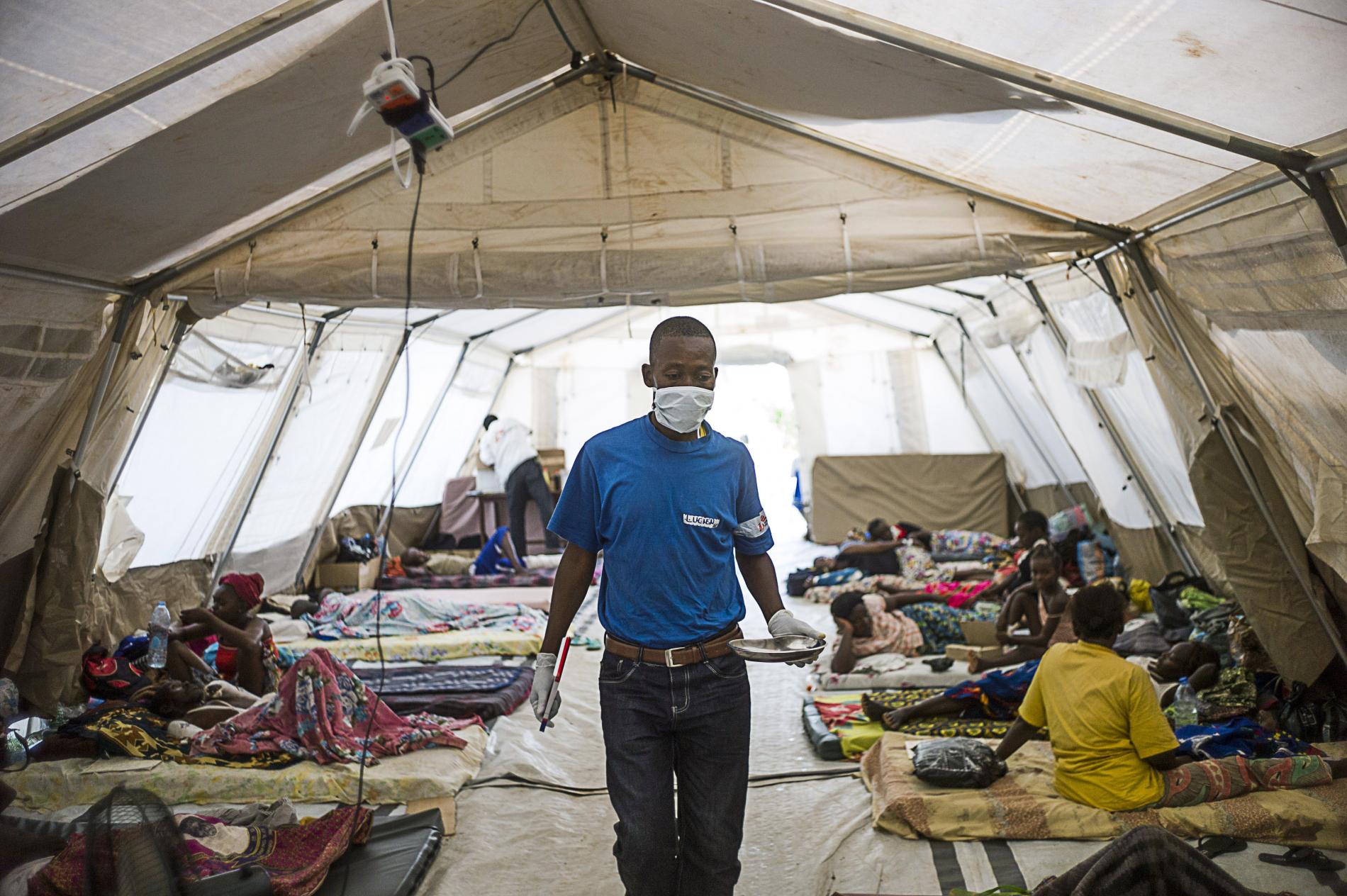How Much Foreign Aid Has Africa Received in 60 years?

Foreign aid to Africa has been a touchy topic for decades, leaving so many unanswered questions about its necessity, purpose, what source nations demand in return, and if it has served its intended purpose.
Many believe foreign aid is a good-course donation, benevolent altruism, philanthropic support, or charity and not a borrower-lender transaction; in the majority of foreign aid cases, they will be wrong.
By Britannica's definition, "foreign aid is the international transfer of goods or services from a country or international organization to a recipient country". There is no mention of a good-cause donation because it isn't one.
It is a basic law of demand and supply: a country needs something, and another country provides it at a price.
Africa and Foreign Aid
Since the 1960s, when African countries started gaining independence from their colonial overlords, foreign aid has started flying in from western countries (including colonial overlords) to support economic development and political stability.
60 plus years and over a trillion dollars down the line, Africa's economy is still developing, and the drum of political instability is still beating loudly.
In the 1970s, Africa's economy took a downturn. Mozambique, Angola, and eventually Zimbabwe had just fought dirty wars to be free of their colonial overlords and be independent. Both old and newly independent African countries were hit majorly by debt and high commodity prices. So foreign aid kept flying.
This time it was no longer under the guise of "economic development and political stability," but for humanitarian aid due to some other countries still fighting for their lives at the time, like Somalia.
Somalia is still at war.
In the 1980s, foreign aid's picture was repainted; this time, the problem is the need for structural adjustment programs to reform Africa's economy. African countries in debt were lent more money to manage their debts.
It's 2023, and African countries are still in big debt.
In the 2000s, China sneaked into the foreign aid picture and almost instantaneously became a big player in Africa. The United Nations had formulated the Millennium Development Goals, targeting poverty reduction and health improvement, but the issue that arose was that they had failed to address Africa's burning social and economic needs.
Now that African countries are realizing that true aid in Africa comes through human development and social-economic relationships with other African countries, it is more about budget support and private sector initiatives targeting innovation and economic growth.
U.S Foreign Aid
Since 2020, the United States has given over $5 billion in foreign aid to beneficiaries including South Africa, Nigeria, Egypt, the Congo, and Ethiopia.
According to reports by the United States Agency for International Development (USAID), $8.5 billion has been given to 47 countries in the Sub-Saharan region in the 2021 fiscal year.
Bringing total foreign aid given to Africa from the US alone to over $100 billion in 70 years.
The US has also sent foreign aid in the form of military assistance and weapons to countries like Nigeria, Somalia, Morocco, Tunisia, and others.
In return, Africa remains a strategic point for the US, both militarily and as a source of skilled labor, free trade, dollar dependency, and market influence. This is why Africa is important to the US.
Total Foreign Aid to Africa ( the Statistics)
Between 1960 and now, the total aid received by Africa is close to $1 trillion, with about $200 billion from the US and over $200 billion from Britain; other countries include France, Portugal, Spain, Germany, Russia, and more recently, China.
Problems with foreign aid in Africa have always been about bad leadership, mismanagement, and corruption. If foreign aid has assisted Africa in the past, it is time for Africa to rise above it.


Be the first to comment!
You must login to comment